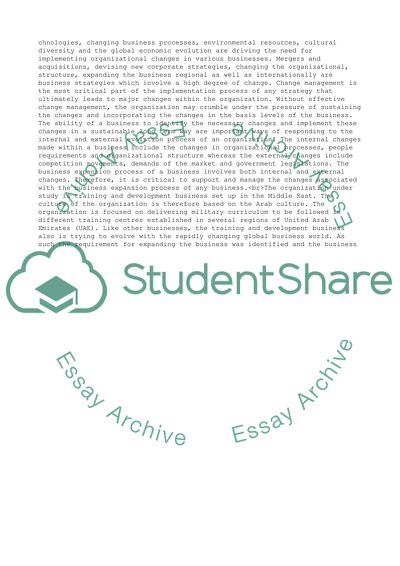Cite this document
(Management of Change Essay Example | Topics and Well Written Essays - 4000 words, n.d.)
Management of Change Essay Example | Topics and Well Written Essays - 4000 words. https://studentshare.org/management/1814983-management-of-change
Management of Change Essay Example | Topics and Well Written Essays - 4000 words. https://studentshare.org/management/1814983-management-of-change
(Management of Change Essay Example | Topics and Well Written Essays - 4000 Words)
Management of Change Essay Example | Topics and Well Written Essays - 4000 Words. https://studentshare.org/management/1814983-management-of-change.
Management of Change Essay Example | Topics and Well Written Essays - 4000 Words. https://studentshare.org/management/1814983-management-of-change.
“Management of Change Essay Example | Topics and Well Written Essays - 4000 Words”. https://studentshare.org/management/1814983-management-of-change.


